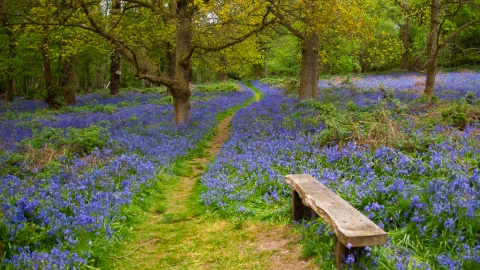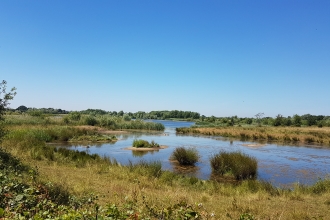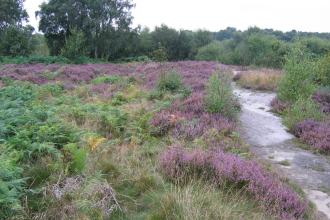Spring Wood nature reserve is owned by Severn Trent Water and as of 2021 has been leased to The National Trust for a 25 year period. The regional National Trust team is now looking after this site, both carrying out practical conservation work and managing the visitor infrastructure and Derbyshire Wildlife Trust do not have any practical involvement with either.
We continue to work with Severn Trent Water and National Trust in partnership sharing mutual advice and support, working together on the wider aims of a thriving living landscape and species recovery but please direct all enquiries regarding access and practical work to foremarkandstaunton@nationaltrust.org.uk or call 01332863822.

Spring Wood in bluebells, Tony Frankland

Bat, Robert Booth

Wigeon, Guy Badham
Location
Know before you go
Dogs
When to visit
Opening times
Open at all timesBest time to visit
Spring for bluebells, evening for bats, autumn for fungiAbout the reserve
Spring Wood Nature Reserve is now under management by The National Trust, who have taken over responsibility for both habitat management and visitor infrastructure. At this time the second bird hide is locked due to subsidence making it unsafe to use.
This woodland reserve is a beautiful sight in May, when bluebells carpet much of the woodland floor.
As well as a mixture of trees including birch, oak, ash and alder, the streams that run through the reserve create a different habitat, where golden opposite-leaved saxifrage grows in spring.
The trees provide nesting sites for many birds, including great spotted woodpecker, nuthatch and treecreeper. The older trees occasionally attract hornets, which may be seen hunting along the path.
During autumn you will see - or smell - several species of fungus, including stinkhorn, while the dying birch trees have birch bracket fungus.
From the hide, there are good views over the southern part of Staunton Harold Reservoir and in winter you will see many species of duck, including wigeon, shoveler, pochard and tufted duck. In muddy areas, look for the tracks of fallow deer.
Habitat
Contact us
Environmental designation
Nearby nature reserves
Download our nature reserve leaflets
Check out the reserve map
Spring Wood reserve map


